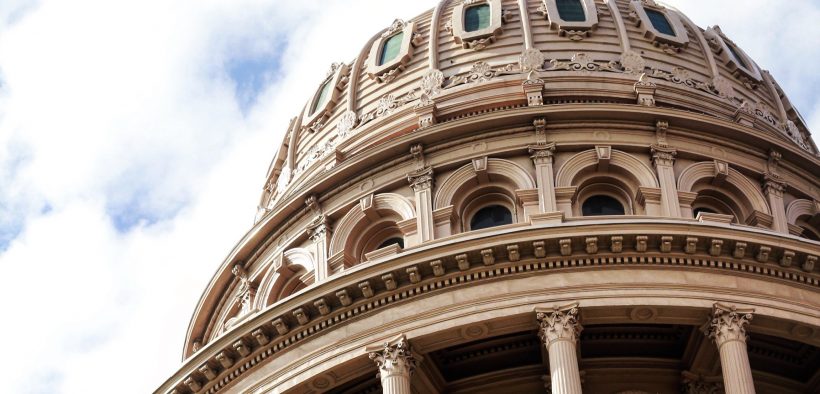SU Student Shares Personal Experience At the Women’s March on Austin
Share

On Saturday morning, January 21, 2017, I woke up early and put on my warpaint. Some friends and I were going to the Women’s March on Austin. It would be a sister march to the March on Washington D.C. and one of over 500 marches across the globe. According to an interview with the march organizers, Sylvia Holmes, Melissa Fiero, Beth Andre and Simone Laurent on Koop 91.7 FM, “[The march] started off as combatting the things … that have been going on concerning women’s rights.” When it was planned in December 2016, it aimed to show the country that women were going to continue to fight against inequality and injustice.
Once in Austin, we parked and walked towards the Capitol building. A drum line played to fire up the crowd and people were chanting inspiring slogans. “Love trumps hate! Love trumps hate! Love trumps hate!” It was only 10:30 a.m., an hour and a half before the march was scheduled to start, and already 35,000 people had gathered. Many marchers wore pink and purple. Others carried signs with catchy and inspiring slogans.
While a majority of the march consisted of white women and men, there were also many different groups represented in the march. This inclusivity was a major goal for the organizers of the march. In an interview, one of the organizers said, “We also want this to be about immigrant families and people with disabilities and people of different races and ethnicities making sure that they’re included in bigger policies. So this isn’t an anti-Trump thing, it’s a let’s include everyone and make sure our voices are heard in Texas and in D.C.”
The march was not intended to be anti-Trump, but rather pro-women and pro-equality. The leaders of the march made sure it was well organized and completely non-violent. Directors in each city involved with the march coordinated with their local government officials and city police for a permit to march, and encouraged people of all ages and abilities to come. Parents brought their children, and even older folks came, some with signs saying things such as “I can’t believe I’m still fighting for this s***.” There were also means to provide access for people with limited mobility so that they could easily participate in the march. Various organizations were also invited to make different groups of people feel welcome and represented. A few of the organizations included were Planned Parenthood, Deeds Not Words, Annie’s List, and ACLU. The participation and diversity of the groups involved was personified by the people holding signs for every issue from reproductive to transgender rights.
The march itself was set to begin at 12:00 PM, wherein we would walk out from the gates of the Texas Capitol, down Congress Avenue, across Sixth Street, and north on Lavaca Street. We would then loop back to the south lawn where the march began. Afterward, there would be gatherings and speaker presentations. Originally, the organizers were expecting only about 15,000 people, but by the time we got started, Austin Police estimated that there were over 50,000 people at the march.
The organizers expected the march to be over in an hour and a half; instead, it took more than 2 hours for everyone to even leave the gates of the capitol. While we waited, we got to speak with many interesting people including an older woman who had been doing this since she was my age (19). When people started to complain about the fact that we weren’t moving because of how many people had come, the older lady told me, “We are the majority, that’s why this is taking so long.” It was true, no one could have foreseen the sheer number of people that came out in support of the march. It was honestly moving to hear about the marches around the world and know that I had participated in one of them.
After the march was over, my friends and I drove out of Austin and talked about what the march meant to us. We showed the world that we weren’t going to be silent, and that the fight for equality will only grow stronger in the near future. However, we all knew that it was going to take more than a march to truly make changes in our world. We also need to vote in all elections for our representatives, and that doing things like writing letters to them would be more direct ways of changing the policies that affect us.
Photos by Shana Lucas:






